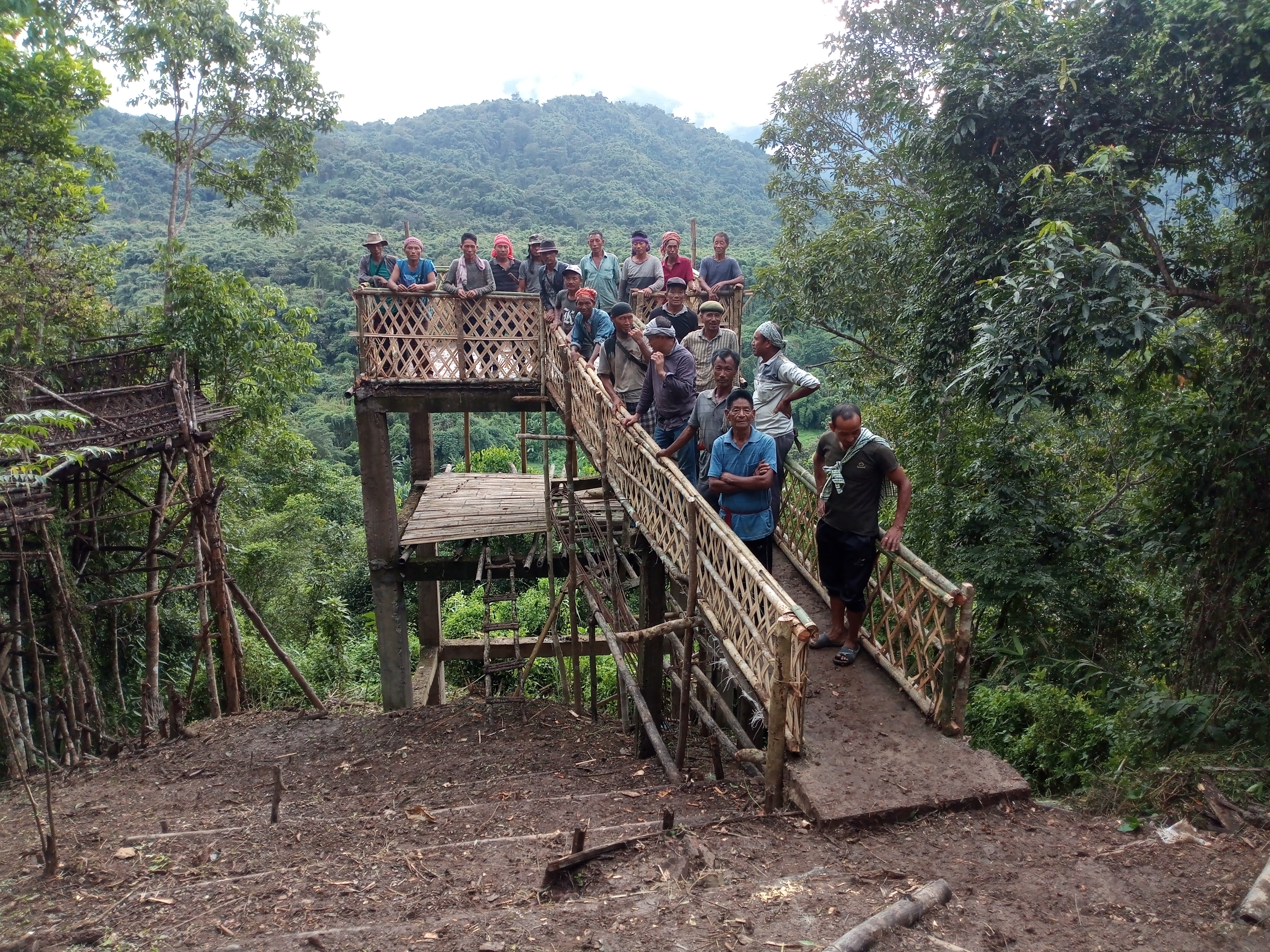Ecosystem Vulnerability Assessment through Traditional Knowledge
Convergence of Village Level Institutions
Sensitization, Capacity Building and Field Survey for Data Collection and Monitoring
Construction of Innovative Watch Tower
Assisting the Community: Alternative Livelihood Measures
